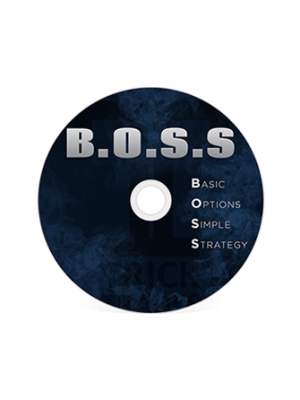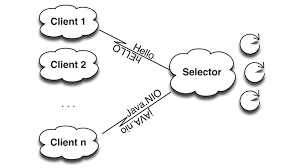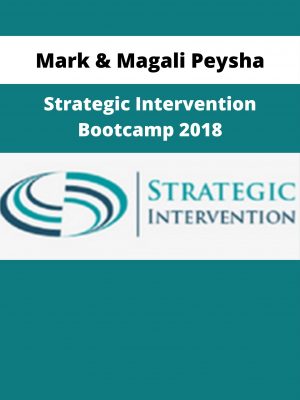-
×
Tricktrades – B.O.S.S Assassin DVDB.O.S.S. Assassin 1 × $68
-
×
Alan Cowgill – The 3-Touch Rule Private Lending GOLD 1 × $59
-
×
Bob Proctor – Thinking into Results 1 × $80
-
×
Dan Sheridan – Trading Weekly Options for Income in 2016 1 × $49
-
×
Richie Grannon – The Full Street Fight Secrets 1 × $31
-
×
Wendi Friesen – Self Hypnosis 2 – The Power Within 1 × $10
-
×
Travel Blogging Fast Track – Heather Delaney Reese 1 × $190
Subtotal: $487

 Tricktrades – B.O.S.S Assassin DVDB.O.S.S. Assassin
Tricktrades – B.O.S.S Assassin DVDB.O.S.S. Assassin  Alan Cowgill – The 3-Touch Rule Private Lending GOLD
Alan Cowgill – The 3-Touch Rule Private Lending GOLD  Bob Proctor – Thinking into Results
Bob Proctor – Thinking into Results  Dan Sheridan – Trading Weekly Options for Income in 2016
Dan Sheridan – Trading Weekly Options for Income in 2016  Richie Grannon – The Full Street Fight Secrets
Richie Grannon – The Full Street Fight Secrets  Wendi Friesen – Self Hypnosis 2 – The Power Within
Wendi Friesen – Self Hypnosis 2 – The Power Within  Travel Blogging Fast Track – Heather Delaney Reese
Travel Blogging Fast Track – Heather Delaney Reese 












Reviews
There are no reviews yet.